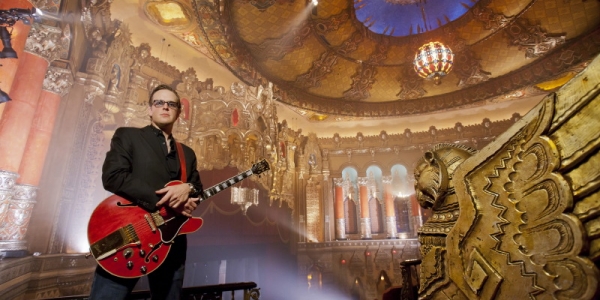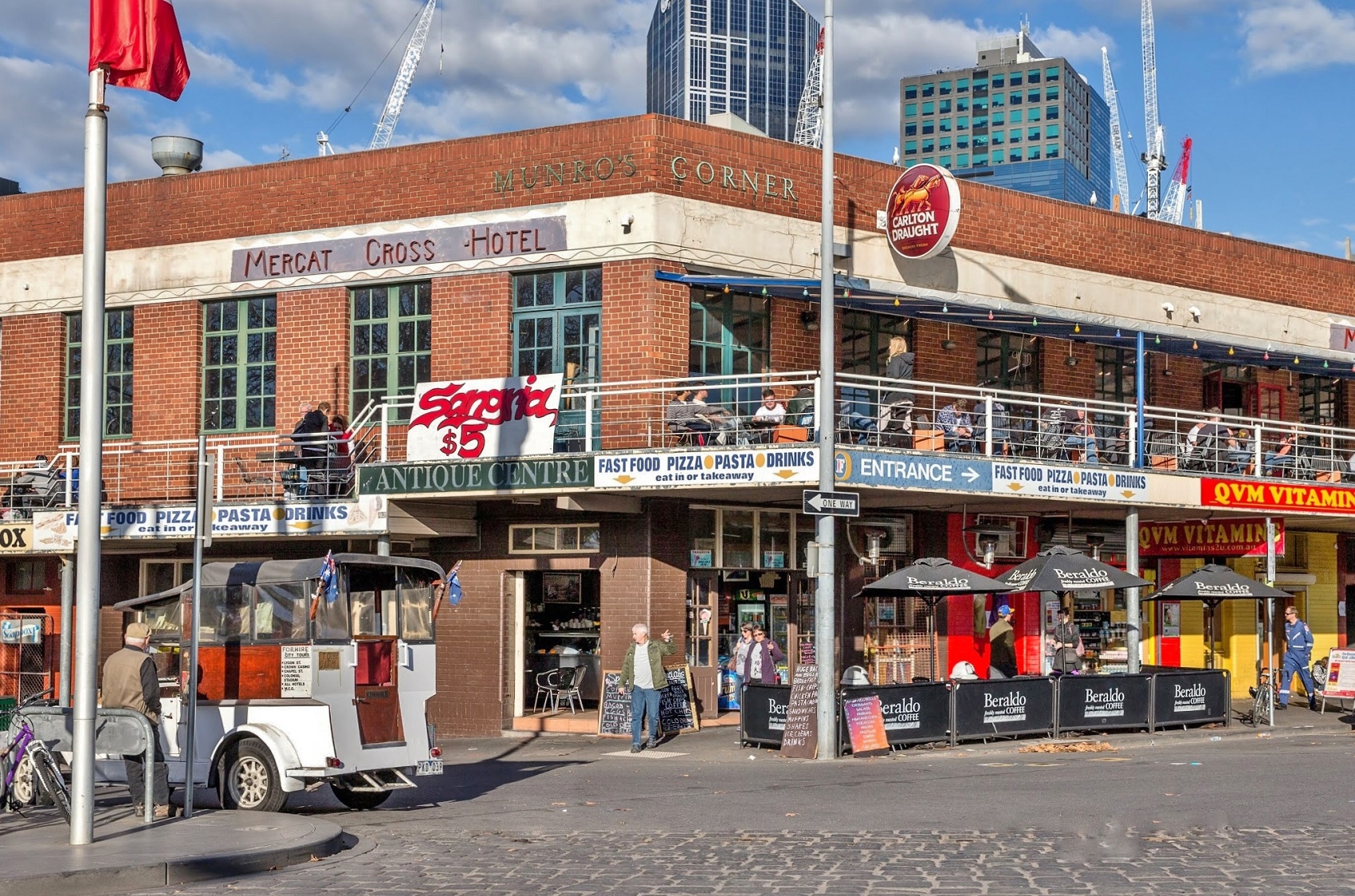“I did Carnegie Hall this year, which was a bucket-list gig. Then we’re doing the Opera House, that’s pretty much it for me,” Bonamassa says. “I don’t need anything else in my life. I’ve done the Royal Albert Hall twice. I’ve done Red Rocks three times. I’ve had a good run the last decade. I did Vienna Opera House. I’ve done Radio City Music Hall. I’ve been super lucky that my fans have allowed me to do all of this.”
March saw the release of Blues of Desperation, Bonamassa’s 12th solo LP. Much like 2014’s Different Shades of Blue, original material dominates the track listing; something that wasn’t the case on the majority of his earlier albums.
“After we did Albert Hall last time, 2013, that was the end of an era,” Bonamassa says. “We did a whole career retrospective. That was like, ‘OK that’s where we were in 2013, thanks very much.’ Then between Different Shades of Blue and Blues of Desperation, that was the beginning of a new book. It was like, ‘I’ll put out less albums and let me write them all and see what happens.’
“I’ve been very happy with the results so far. The material has been strong and it’s allowed us to retire so much stuff from the old ones. I don’t need to play Dust Bowl [2011]. I don’t need to be play Driving Towards the Daylight [2012]. We’ve played those to death and it’s time to move on.”
Bonamassa started releasing albums in 2000 and they’ve come at an impressively frequent rate ever since (approximately one every 15 months). Given his slow emergence as a fully-fledged songwriter, however, one might assume he hasn’t always felt confident in his own creative capacity. But he says it was time constraints that held him back.
“I always knew that the best songs I’d come up with would be the ones that I wrote, but I’m not a very prolific writer. I’m not sitting around with a typewriter and a Jack Kerouac book coming up with tunes every day. It takes more time for me to write. At the beginning of an album cycle you have to write a few duds. Your best stuff comes in after you wrote the first couple. You have to burn a few just to get your head around where you want the album to go.”
Kevin Shirley has produced all of Bonamassa’s work since 2006’s You & Me. Shirley’s a guy that knows a thing or two about guitars – over the years he’s been involved with heavier bands like Iron Maiden and Dream Theater and blues rock artists like John Hiatt and the Bonamassa-side project, Black Country Communion. Shirley’s input has been crucial to the development of Bonamassa’s latest couple of releases.
“As much as he’s there, he’s the eyes and ears of everything in the overall picture,” Bonamassa says. “If he feels the band is stale or I’m getting stale, he’s a wonderful antagonist. He knows how to elicit good performances out of people and he doesn’t care how he does it. Ultimately he has everybody’s interest in mind. If I do a great guitar solo after him having to tell me, ‘By the way you’ve sucked today,’ I get the credit for the solo, he doesn’t. He doesn’t like having to push and pull people kicking and screaming, but he will because it’s in the best interest of the record and he’s selfless like that. He sees the whole album as a total and he sees the song as a total within the album.”
This visionary selflessness, Bonamassa explains, is what makes Shirley a producer’s producer. “Anybody can go down to a music store and buy Pro Tools and call themselves a producer. You’re not a producer. A producer hears music on a three dimensional level and understands not only if the lyric is swinging within the song, but he also understands if the kick drum and the bass are rubbing or the pattern on the kick drum effects the groove.
“People know what they like and they know what they dislike, but sometimes they don’t know why they like it or why they dislike it. It’s Kevin’s job to make heads or tails of this stuff.”
Bonamassa has been a regular Australian visitor over the years. And despite having resolved to focus more intently on songcraft, he still feels most at home in front of a live audience.
“Every album is a snapshot and it’s a snapshot of a period of time. That’s why the live shows are more appealing to me, because the snapshot is much more immediate. On an album, you get into a mode and that usually is the mode of the record and listening back to it years later you can feel where everybody was making the album. They are so final – they don’t waver.”
BY AUGUSTUS WELBY

